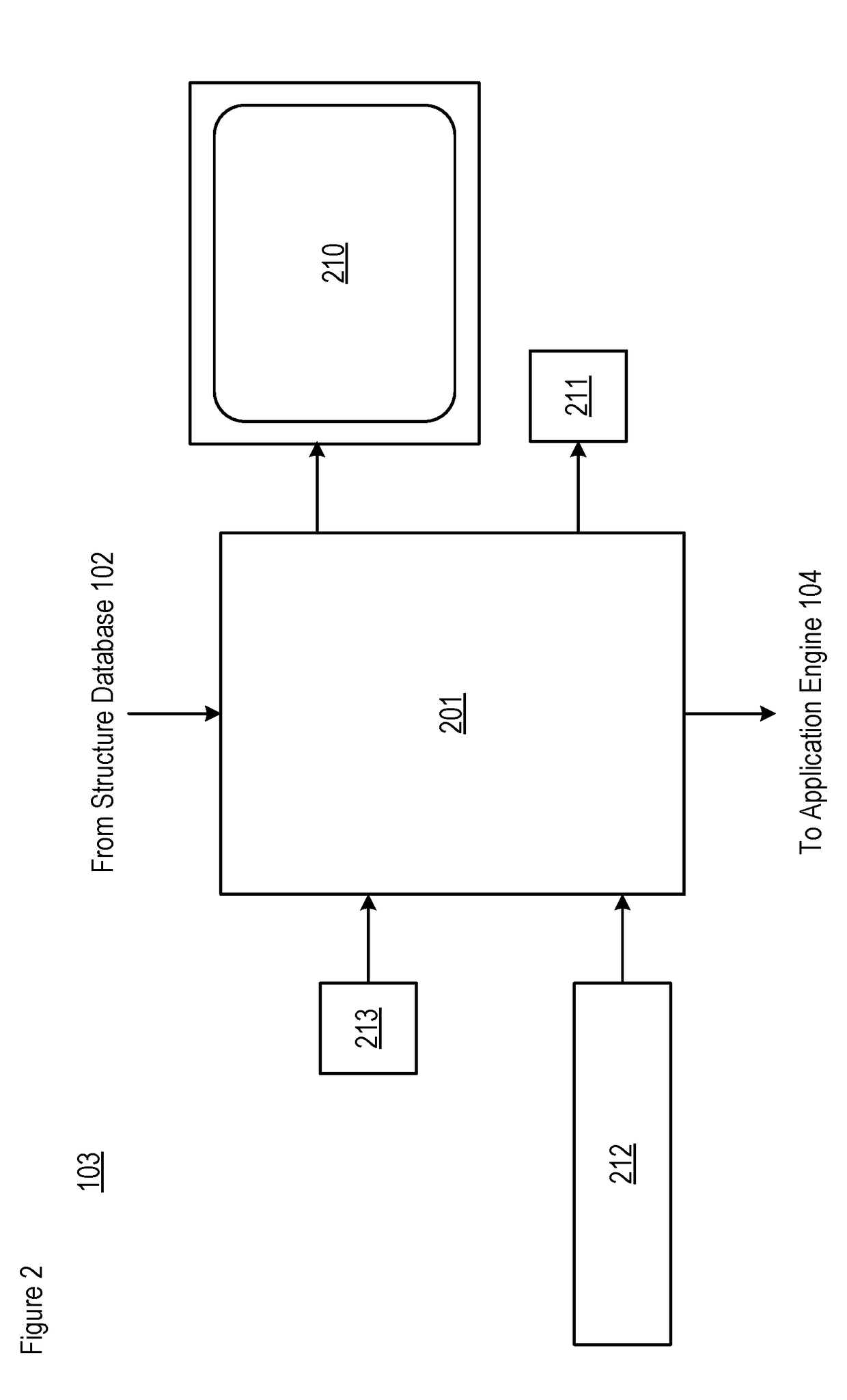Simplification of Data for Representing an Environment Via the Expansion of Polyhedrons that Define Structures Represented in the Data
- Summary
- Abstract
- Description
- Claims
- Application Information
AI Technical Summary
Benefits of technology
Problems solved by technology
Method used
Image
Examples
Embodiment Construction
[0042]Based on—For the purposes of this specification, the phrase “based on” is defined as “being dependent on” in contrast to “being independent of”. The value of Y is dependent on the value of X when the value of Y is different for two or more values of X. The value of Y is independent of the value of X when the value of Y is the same for all values of X. Being “based on” includes both functions and relations.
[0043]Dataset—For the purposes of this specification, the phrase “dataset” is defined as a collection of data. A dataset can originate from an organized collection of data, such as a database.
[0044]Edge—For the purposes of this specification, the phrase “edge” is defined as a line segment joining two vertices in a polygon or polyhedron.
[0045]Elevation—For the purposes of this specification, the phrase “elevation” is defined as height above a given level (e.g., ground, MSL, etc.). A “start elevation” is defined as the height of the lowest point on a polyhedron, while an “end e...
PUM
 Login to View More
Login to View More Abstract
Description
Claims
Application Information
 Login to View More
Login to View More - R&D
- Intellectual Property
- Life Sciences
- Materials
- Tech Scout
- Unparalleled Data Quality
- Higher Quality Content
- 60% Fewer Hallucinations
Browse by: Latest US Patents, China's latest patents, Technical Efficacy Thesaurus, Application Domain, Technology Topic, Popular Technical Reports.
© 2025 PatSnap. All rights reserved.Legal|Privacy policy|Modern Slavery Act Transparency Statement|Sitemap|About US| Contact US: help@patsnap.com



